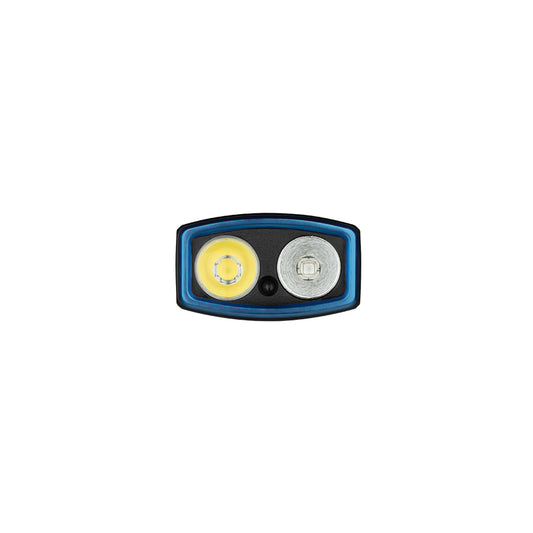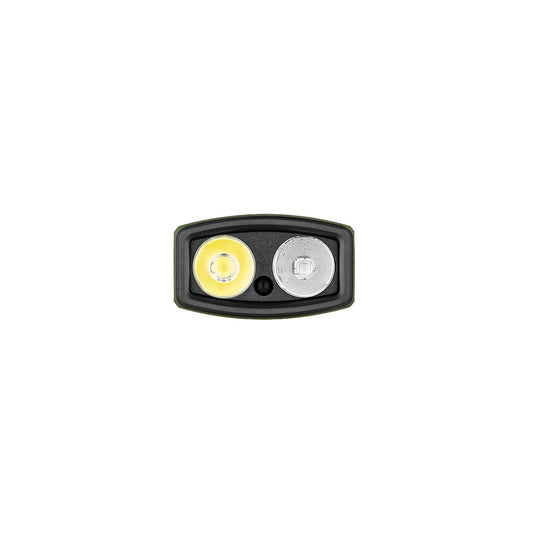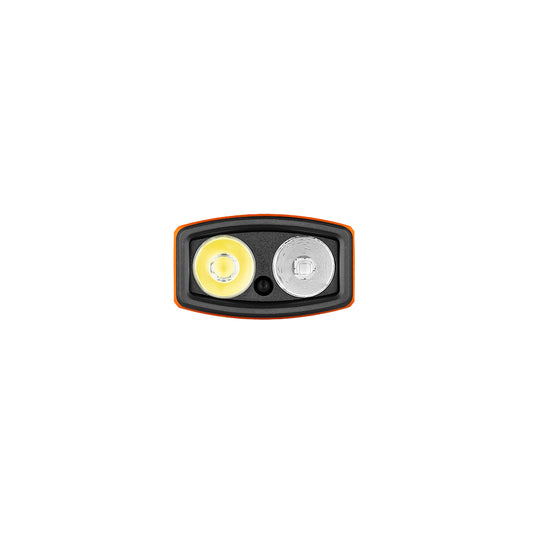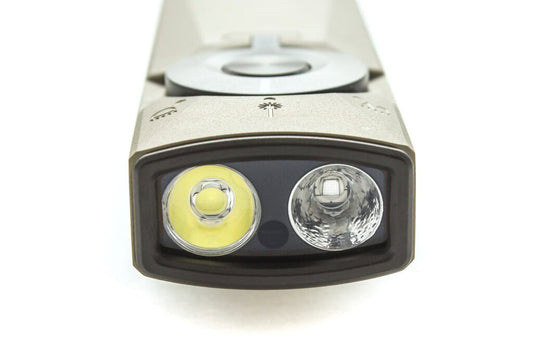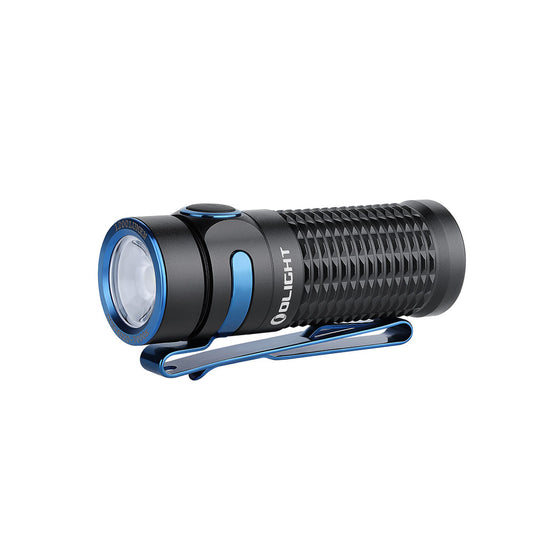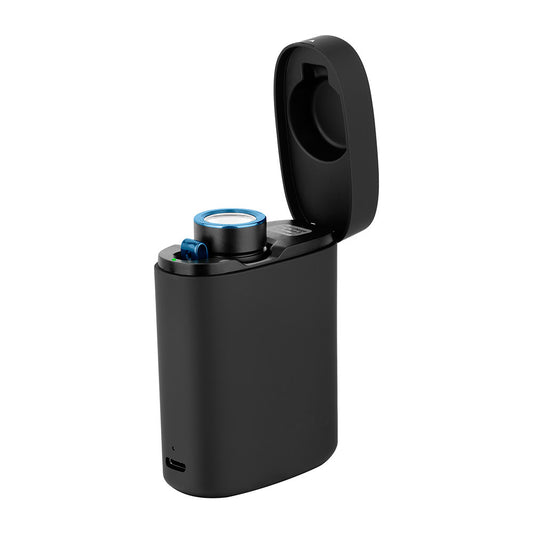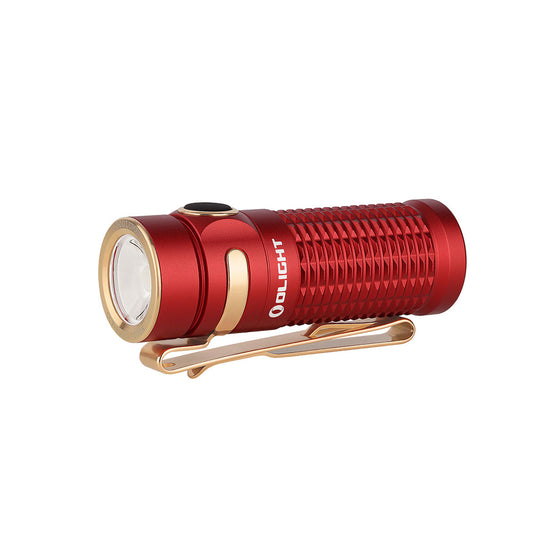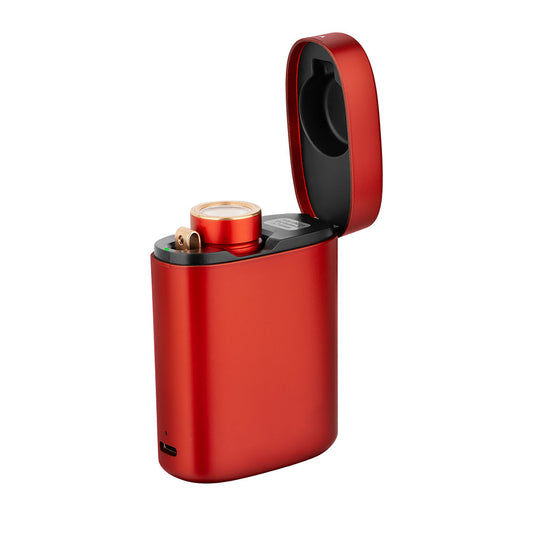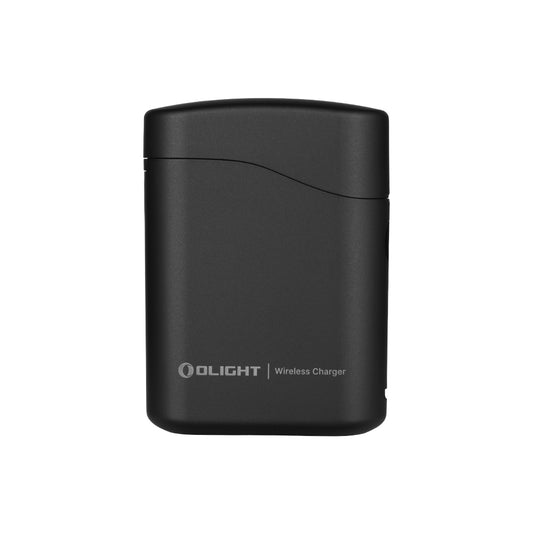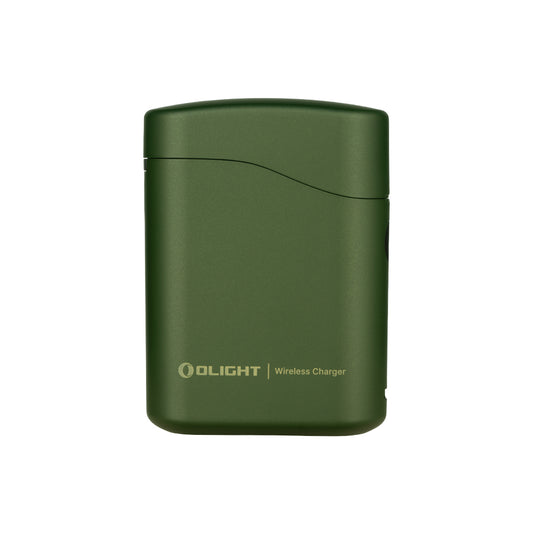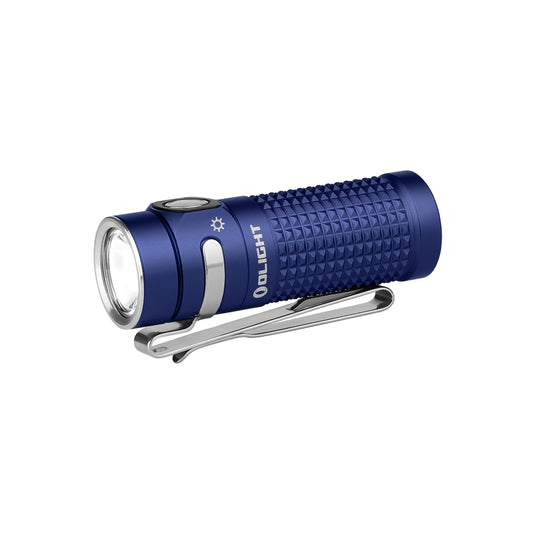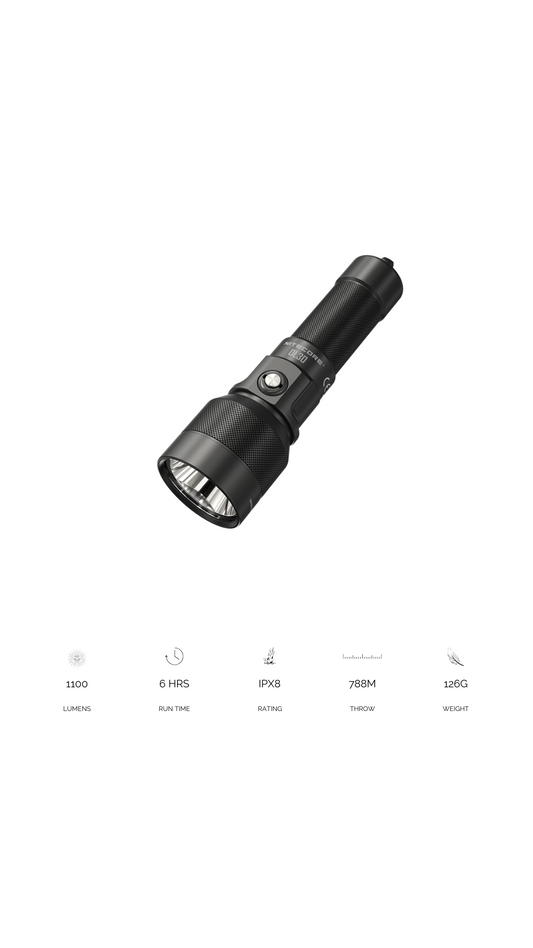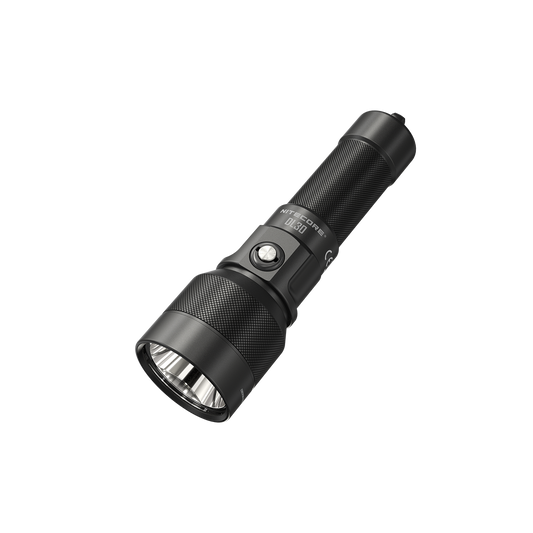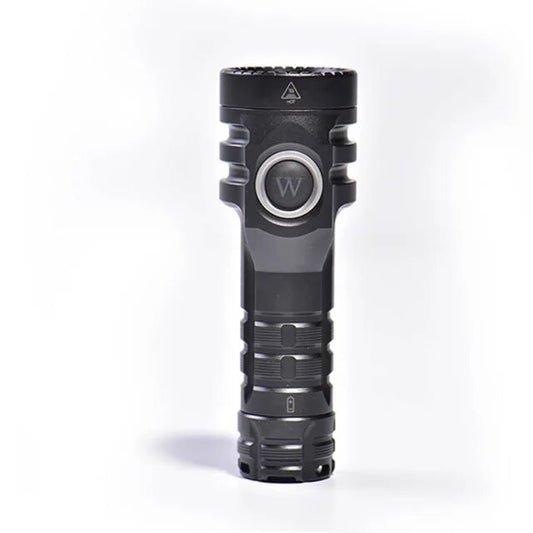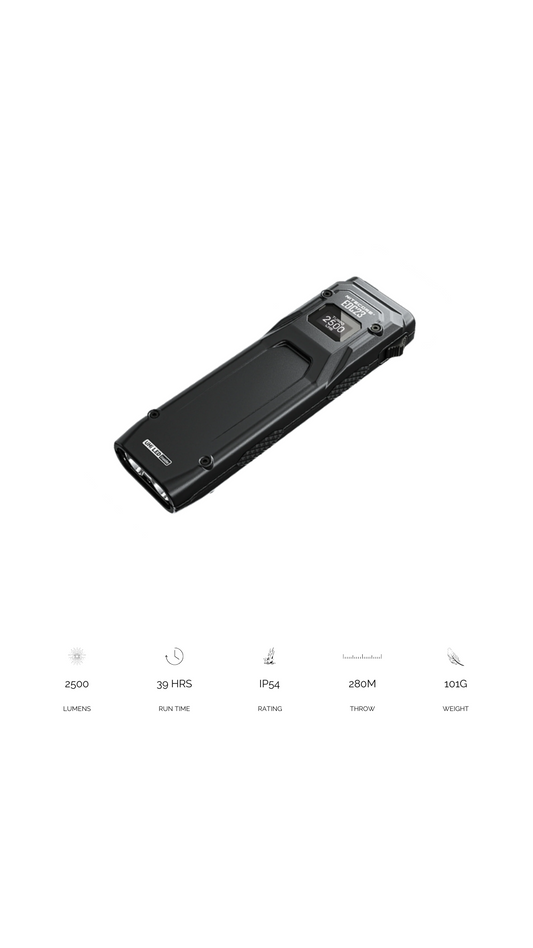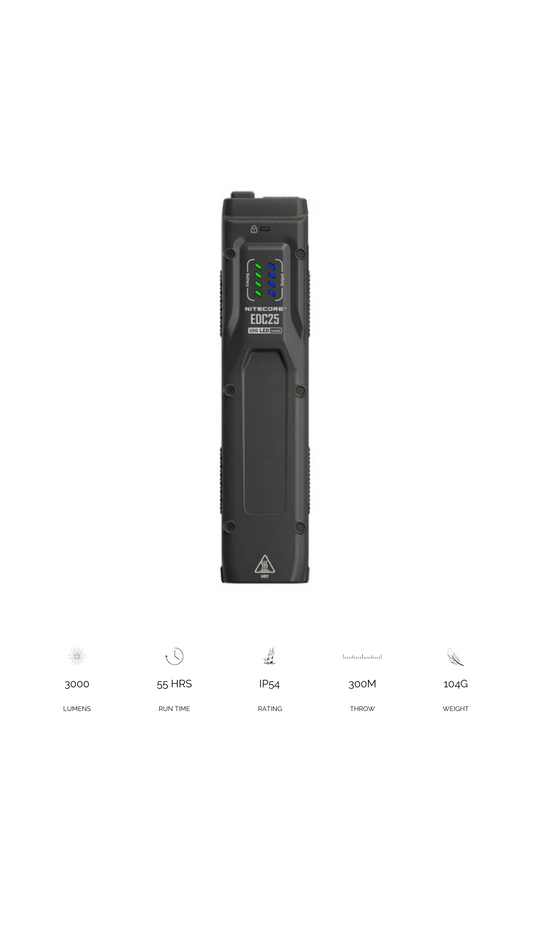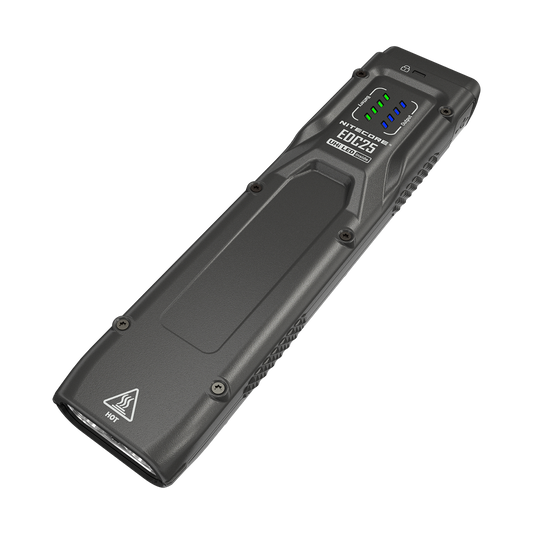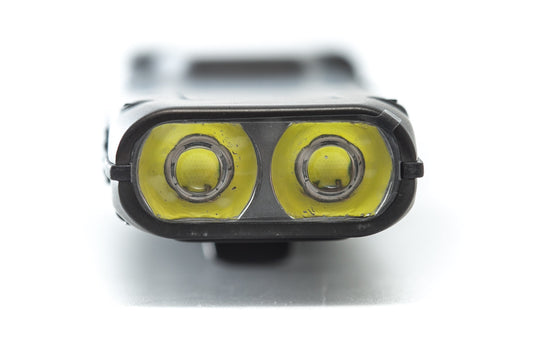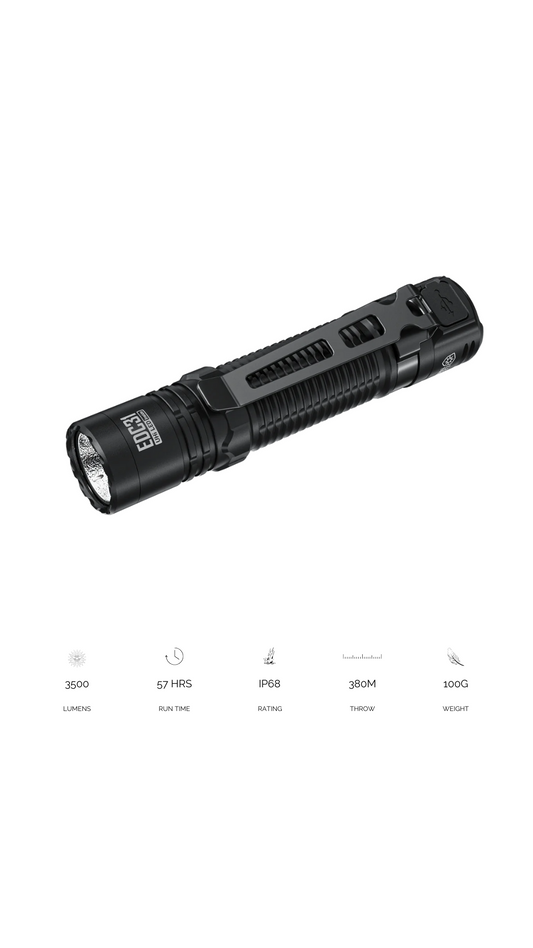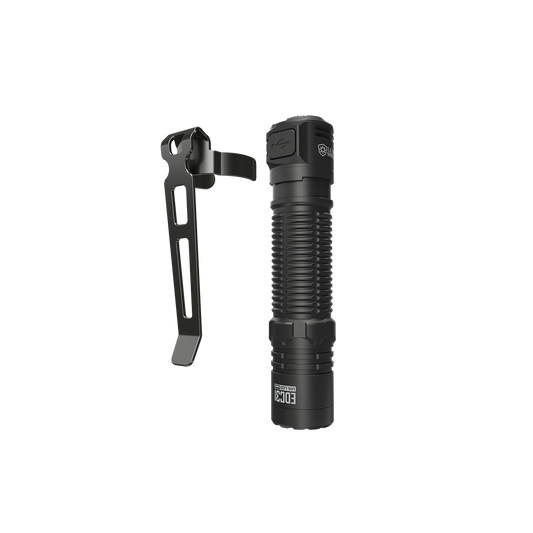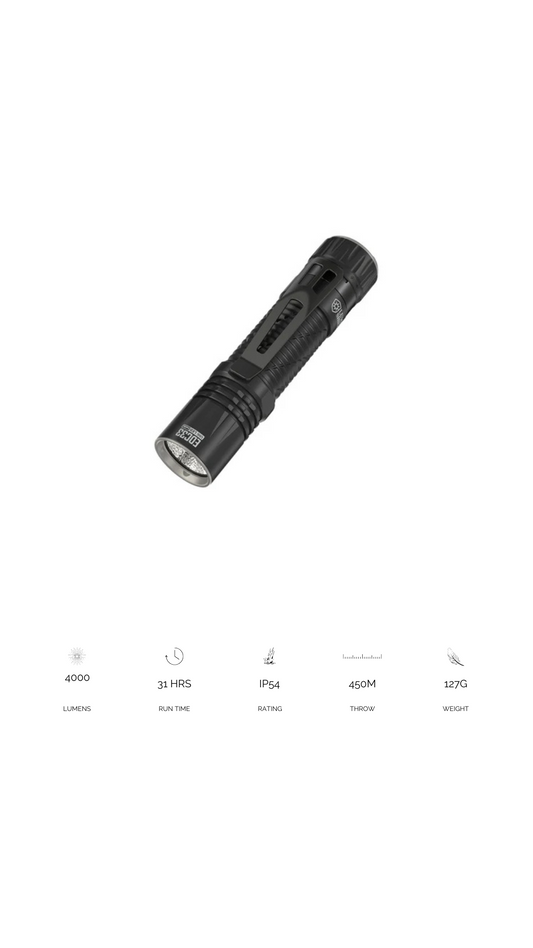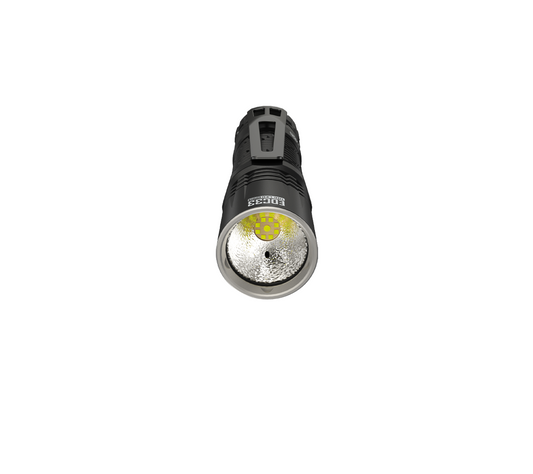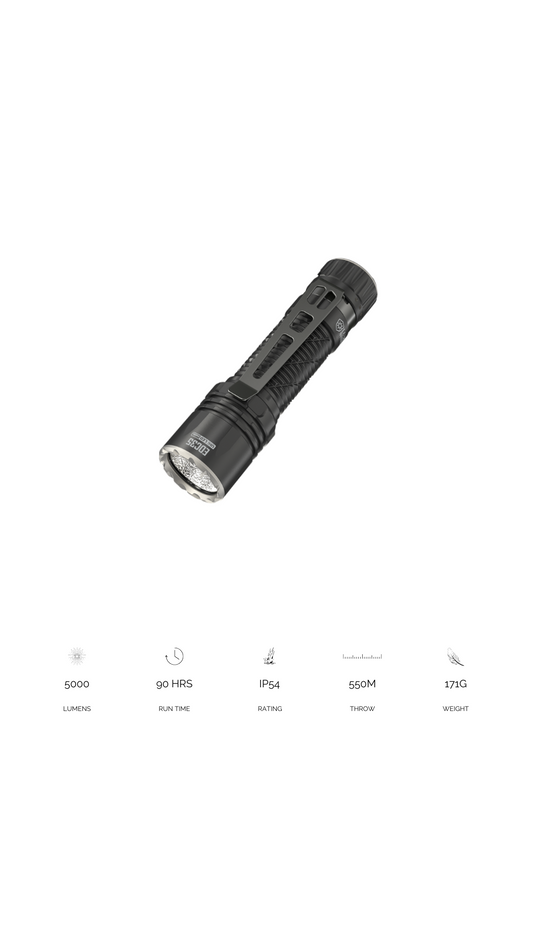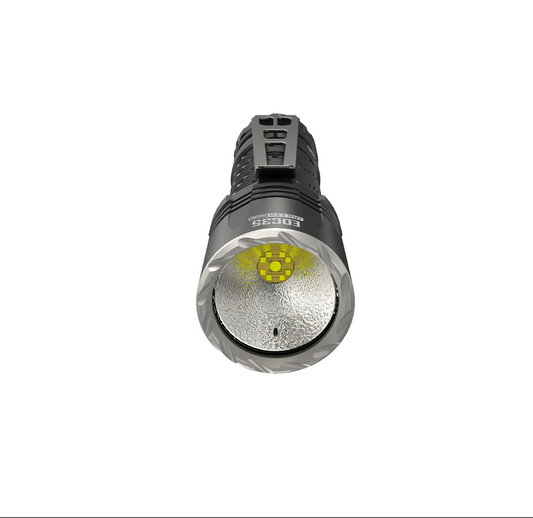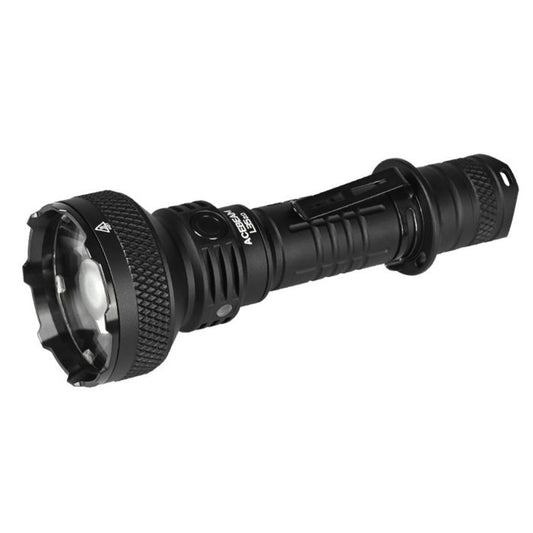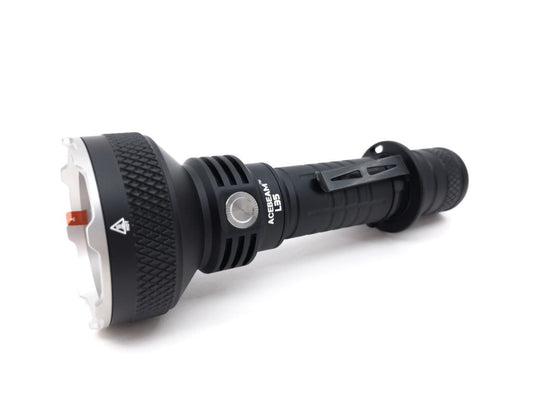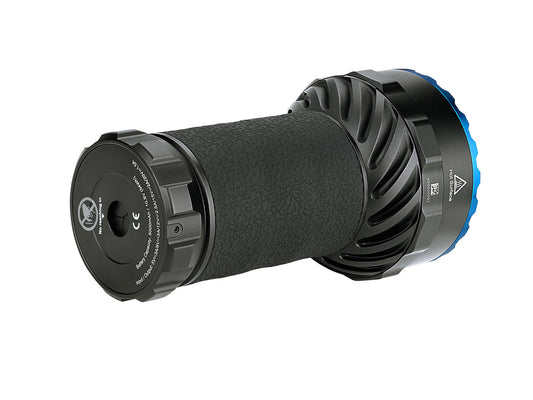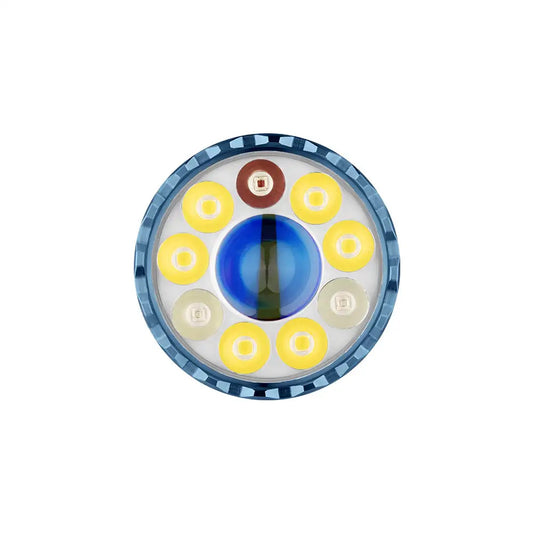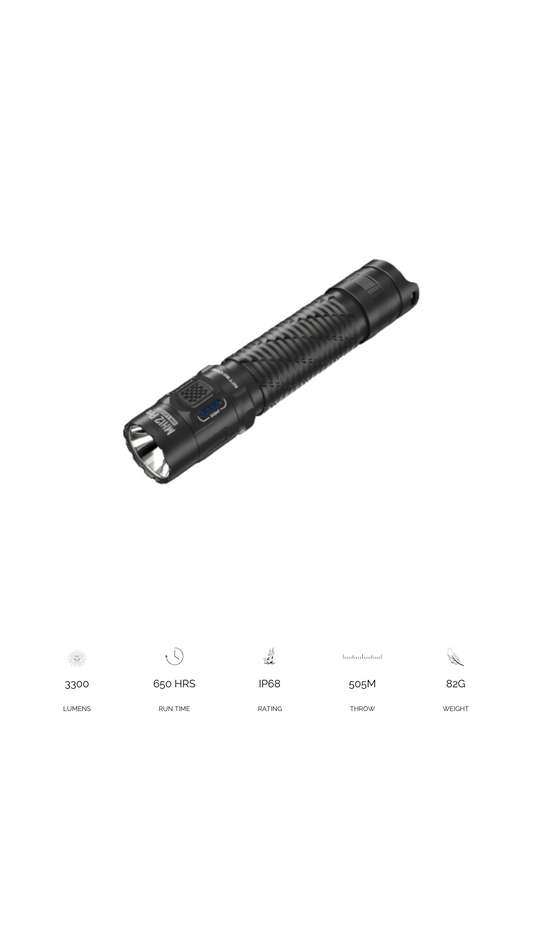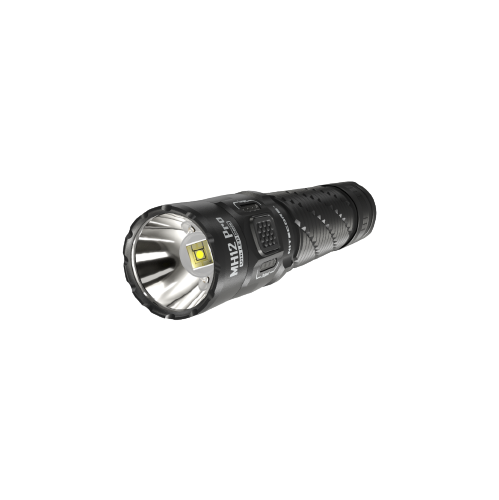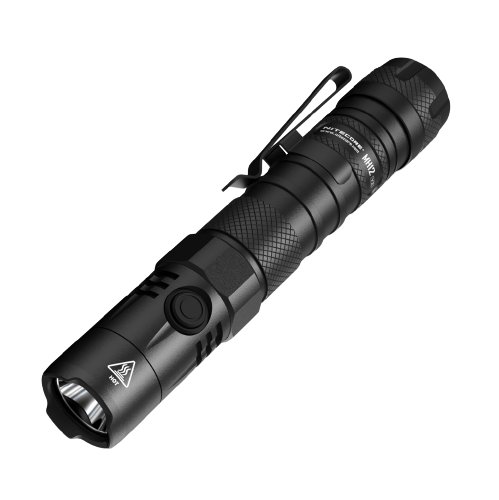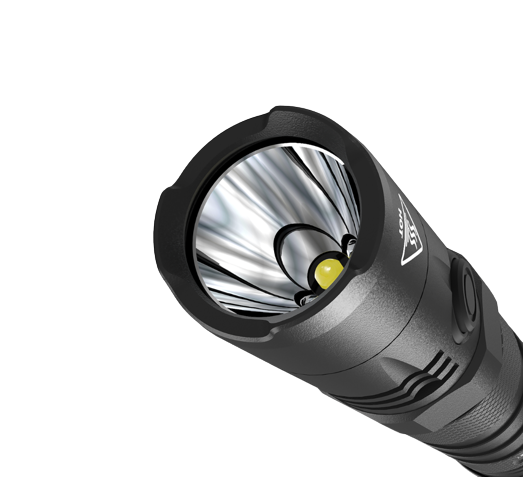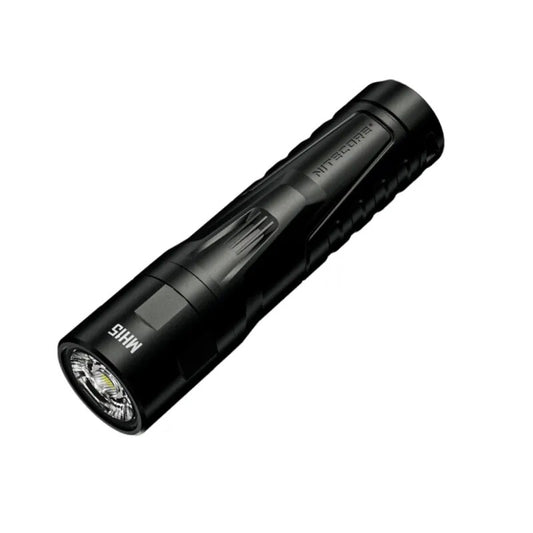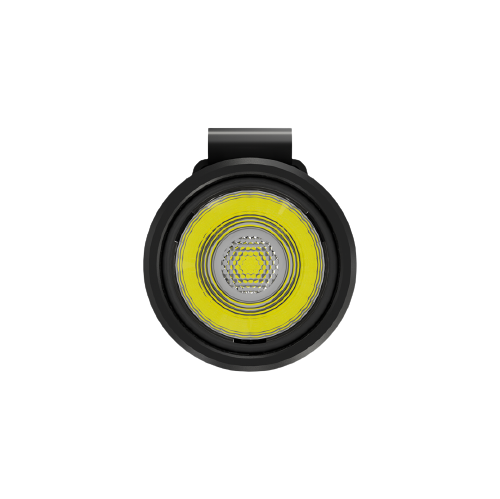
The Cold Hard Truth: The science behind ice baths.
The allure of ice baths has transcended the realm of competitive athletics, captivating the hearts (and muscles) of fitness enthusiasts worldwide. Beyond the initial daunting plunge, ice baths offer a scientifically validated approach to supercharge your recovery after pushing your body to its limits. This quick guide delves into ice baths, exploring their potential benefits, the science behind their effectiveness, practical considerations for safe and informed use, and exploring alternative recovery methods.
Unveiling the Power of Ice Baths:
Ice baths involve submerging yourself in a cold-water tub, typically between 50-60 degrees Fahrenheit (10-15 degrees Celsius), for a duration ranging from 2-15 minutes. This seemingly simple practice activates a cascade of physiological responses designed to accelerate your recovery and alleviate post-workout aches and pains.
Benefits that Drive the Hype:
- Reduced Inflammation and Muscle Soreness: Intense exercise often leads to microscopic tears in muscle fibers, triggering the inflammatory response. While essential for healing, this response can also lead to pain and stiffness, impacting performance and overall well-being. By constricting blood vessels, ice baths limit the flow of inflammatory cells to the affected area. This process minimizes inflammation and reduces muscle soreness, a familiar foe known as Delayed Onset Muscle Soreness (DOMS). DOMS can significantly impact your performance and overall well-being, so mitigating its effects is crucial for athletes and fitness enthusiasts alike. Research, mainly focused on eccentric exercises like weightlifting, downhill running, or plyometrics, suggests that ice baths can effectively reduce DOMS.
- Enhanced Blood Circulation: While immersed in the ice bath, your body's initial response is to constrict blood vessels, restricting blood flow to the targeted muscles. This might seem counterintuitive for recovery, but it plays a crucial role in the overall process. This initial constriction helps to minimize inflammation and swelling in the muscles. However, upon stepping out of the cold water, your body rebounds with vasodilation, leading to a surge of fresh, oxygen-rich blood flowing to the exercised muscles. This influx of blood delivers vital nutrients like glucose and oxygen, essential for muscle repair and rebuilding. This "pump effect" is crucial for providing the necessary building blocks for muscle repair and regeneration, ultimately leading to a faster and more efficient recovery process.
- Potential Immune System Boost: While further research is needed to understand the mechanisms at play fully, some studies suggest that ice baths may contribute to a temporary rise in white blood cell count, potentially bolstering the body's defense system against illness. This is particularly interesting for athletes who train intensely and may be more susceptible to catching colds or other diseases due to the stress placed on their bodies. While the long-term implications of this potential benefit are still being investigated, it adds another layer of potential benefit to the practice of ice baths for athletes and fitness enthusiasts.
The Science Behind the Benefits:
The effectiveness of ice baths stems from a fascinating interplay between the body's response to cold and the subsequent rewarming process. By understanding the science behind these responses, you can gain a deeper appreciation for the potential benefits of ice baths:
- Vasoconstriction and Vasodilation: The initial cold exposure triggers vasoconstriction, causing blood vessels to narrow, thereby limiting blood flow and inflammation in the exercised muscles. This is like putting on a tourniquet to control blood flow to the injured area. When you step out, the body rebounds with vasodilation, widening the blood vessels and ushering in a rush of nutrient-rich blood to promote muscle healing. This process, termed the "pump effect," is crucial for delivering the necessary building blocks for muscle repair and regeneration.
- Brown Fat Activation: Exposure to cold temperatures activates brown fat cells, a unique type of fat in the body responsible for generating heat through non-shivering thermogenesis. This activation potentially contributes to increased metabolic activity, although the long-term implications for athletes and fitness enthusiasts are still being investigated. While the role of brown fat in overall metabolism is still being debated, preliminary research suggests it may play a role in regulating body temperature and energy expenditure.
Essential Practicalities for Safe and Effective Use:
Before you take the plunge into the chilly waters, it's crucial to prioritize safety and implement informed practices:
- Start Slow and Gradually Increase Duration: Begin with a brief immersion of 2-5 minutes and gradually increase the duration as your body acclimates to the cold. Listen to your body, and never push past your tolerance level. It's essential to start slow and allow your body to adjust to the cold gradually to avoid any discomfort or potential risks. This allows your body to adapt to the cold stress and can help minimize the initial shock response.
- Listen to Your Body and Seek Professional Guidance: Be mindful of any discomfort or potential risks, such as hypothermia, which can occur if your core body temperature drops too low. Additionally, the cold shock response can cause rapid breathing and blood pressure fluctuations, which can be dangerous for individuals with certain pre-existing health conditions. If you experience any discomfort, such as dizziness, lightheadedness, or difficulty breathing, end the ice bath immediately and consult a healthcare professional. They can provide personalized guidance and ensure your safety. It's crucial to consult with a healthcare professional before incorporating ice baths into your routine, especially if you have any pre-existing health conditions like heart disease, high blood pressure, or uncontrolled diabetes.
Exploring Alternatives for Recovery:
If ice baths are not your cup of (cold) tea, several alternative recovery methods offer similar benefits, each with its unique features:
- Cryotherapy: Similar to ice baths, cryotherapy involves exposure to frigid temperatures in a specialized chamber for a short duration. This method alleviates inflammation, muscle pain, and soreness and may be a viable alternative for those who find ice baths too challenging. Cryotherapy chambers typically reach temperatures as low as -200°C (-328°F), which can be more effective than ice baths at reducing inflammation. Still, it also comes with a higher cost and potential safety risks.
- Heat Production Techniques: Techniques like saunas, hot baths, and warming packs improve blood circulation and promote muscle relaxation. While not as potent as ice baths in addressing acute inflammation, they can contribute to overall well-being and flexibility. These methods can be a good option for individuals who find ice baths too uncomfortable or are simply looking for a more relaxing way to recover.
- Compression Garments: Wearing compression garments after exercise can help to reduce swelling and improve blood flow, which can aid in the recovery process. Compression garments come in various forms, such as socks, sleeves, and tights, and can be worn during or after exercise. Studies have shown that compression garments can offer some benefits in reducing muscle soreness and improving recovery, although the exact mechanisms are still being investigated.
- Active Recovery: Low-intensity exercises like light walking, swimming, or yoga can promote blood flow and aid muscle repair. These activities can help flush out metabolic byproducts and improve flexibility, contributing to faster recovery. Active recovery allows the body to continue moving and can be a more enjoyable alternative for some individuals than passive recovery techniques.
- Proper Nutrition and Hydration: Ensuring adequate protein intake, carbohydrates, and electrolytes is crucial for muscle repair and recovery. Additionally, staying hydrated helps to flush out metabolic waste products and transport nutrients throughout the body. Whether you incorporate ice baths or other methods, maintaining a balanced diet and staying hydrated is essential to any recovery plan.
- Quality Sleep: Sleep is essential for the body to repair and rebuild tissues. Aiming for 7-8 hours of quality sleep each night is crucial for optimal recovery. Prioritizing good sleep hygiene practices can help you get the restorative sleep your body needs.

Conclusion:
Ice baths hold significant potential for athletes and fitness enthusiasts seeking to optimize their recovery after strenuous activities. The benefits of reduced inflammation, improved blood circulation, and a potential immune system boost make them a compelling addition to your recovery toolkit. However, remember to approach them cautiously, understand the risks, and consult a healthcare professional if necessary. If deemed safe for your case, ice baths can become a valuable tool for physical recovery and fostering mental resilience. Embrace the challenge, conquer the cold, and unlock ice baths' potential benefits. While ice baths may not be a magic bullet for recovery, they can be valuable when used safely and with other effective recovery strategies.
Additional Considerations:
- Individual Variability: It's important to remember that individual responses to ice baths can vary. Some individuals may experience significant benefits, while others may not. Experimentation and listening to your body are crucial to determining if ice baths suit you.
- Mental Toughness: The mental challenge of overcoming the initial discomfort associated with ice baths can be significant. Mental toughness can help you push through the pain and reap the potential benefits.
- Ethical Considerations: The use of cryotherapy chambers, which are often more expensive than ice baths, raises ethical concerns regarding accessibility and potential exploitation of athletes. It's essential to consider these ethical implications when choosing a recovery method.
By understanding the potential benefits, the science behind them, and practical considerations, you can make informed decisions about incorporating ice baths into your post-workout routine. Remember, the most effective recovery plan is the one that is safe, sustainable, and works best for you.


